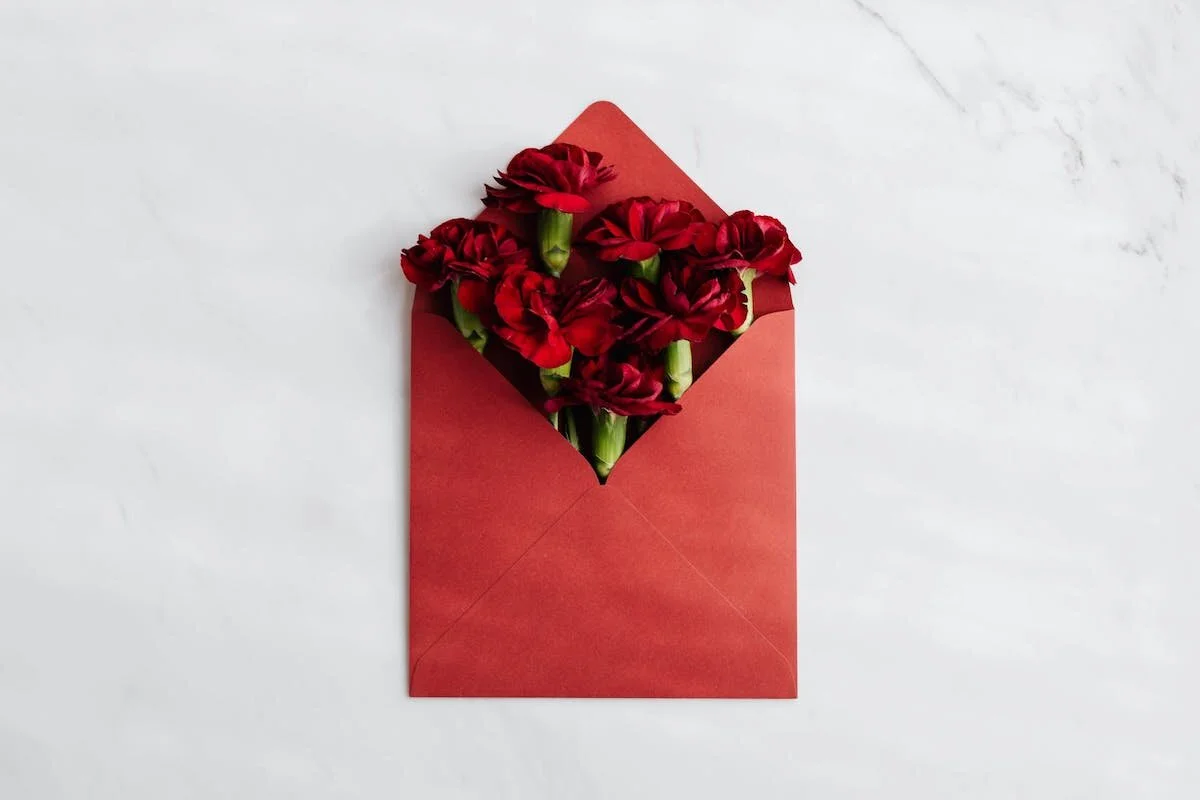A Beginner's Guide to Creating a Professional-Looking Photo Book
/Four Steps to creating The best Photobook.
The concept of a photo book has changed dramatically over the last twenty years. Once upon a time you would bring the "film" of your "disposable camera" into a "24-hour Photo" to get printed before gluing the photos and other memorabilia into a "scrapbook." Welcome to the digital age. Now we keep our photo albums on facebook or in a folder on our computer's desktop. We create digital slideshows and can text a photo at the touch of a button. But are the days of physical photo books over?
Emphatically, no. There is something fulfilling about holding a photograph in your hand rather than sifting through a folder on your smart phone. Luckily for us, digital apps have fused with scrapbooking to create a modern way to print and display physical photographs. And far from sliding 4x6's into plastic sleeves, these photo books can take up minimal space and look surprisingly professional--without paying a ton of money.
For those who are new to the idea or who are looking for ways to make their photos look more enticing, here is a beginners guide to creating an incredible photo book.
1. Tell a Story
While most other lists of photo book tips will list this one later on, I think it is the first thing you should consider before creating your photo book. Gone are the days of photos randomly squashed into whichever book still had plastic sleeves left. (And consequently asking your mom, "Who's that woman? Was she with us at Disney World?") Whether it is "This Year in Photos" or "Our Trip the Grand Canyon", your photo book should have some common thread that ties the photos together. If you have a collection of unrelated photos that for whatever reason you want immortalized in print, try to find a connection. For example, "Friends" or "Good Times." At the very least be artsy and go with "My Life in Miscellany."
After deciding on the idea that holds the book together, decide how you want to tell the story. Is it chronological? Is it geographical? Is it thematic? Decide how the photos will be organized, do some prep work, and then get started.
2. Limit Your Photos
One downside of the digital age is the magnitude of photos we collect. You used to have as many photos as your film would allow. You would end up with less to choose from and lots of candids and accidentals that had a sort of charm about them. Nowadays if you don't like a photo, that's okay, because you have two hundred others to choose from.
If you have a collection of photos from a past trip, you probably have more than can fit into a photo book. In print, less is more. Go back to item number one: what story are you telling? Choose the photos that tell the story best. Remember, when you look back, this story is what you will remember.
Therefore, out of the sea of photos you have collected you need to choose the best ones. Which are the best? Which are the most beautiful, the most telling, the most interesting, the most memorable, the most touching? Sometimes you have to leave out a good photo to make room for a less-good photo that tells the story better.
Don't forget about variety. If every photo is of you smiling, the photo book will seem repetitive and odd. Mix in photos of nature, candids, close ups, posed shots, action shots, and landscapes. What about those saved scraps that used to be glued into scrap books? Try taking a photo of them instead, or a affixing an envelope to the inside rear flap of your book.
Create a Book you want to flip through time and time again.
3. Focus on Design
Variety goes beyond choosing photos. You need to vary your layouts and designs as well. Many photo book apps will require you to choose a "theme" before you begin. Pick the one that fits your story best. Then change it (or pieces of it) later.
Unless you are creating a portfolio of some sort, you will want your layouts to have a different amount of photos per page. If you have only one photo on the left page of your spread, try adding four or five to the right page. Try having one of your best photos spanning two pages. Try overlapping some photos. Design apps will have preset layouts that you can experiment with and adjust as needed. You can also design your own layouts. Overall, play with asymmetry and balance.
Next, focus on two of the most crucial elements of design: color and texture. Use backgrounds that pull elements from individual photos. Experiment with bright and neutral colors to evoke different focuses.
4. Have Fun
In case you need reminding, have fun with it! The more photo books you create, the better you get. I have gotten into the habit of making a photo book for every vacation or big occasion. Now I am able to do them faster and more beautifully than before.
What makes it fun for you? Incorporate elements that speak to your personality. If traditional scrapbooking is more your thing, add corners and shadows to your photos. Add clip-art bits and pieces. Add scrapbooking backgrounds. If you want simple and elegant, try having only white backgrounds and clean-edged photos with no overlaps or rotations. If you want quirky and fun, add bright colors, silly text, and lots of photos on top of one another.
My last bit of advice: finish a rough draft of your book, then go back through and revise it. Don't forget to look for typos and mistakes. And don't be afraid to adjust what you have already created. Then, print and enjoy.
Good luck and happy photo booking!












Coffee is easy to love, and now it is easy to craft into the perfect gift for the coffee lover in your life with our 35+ ideas.